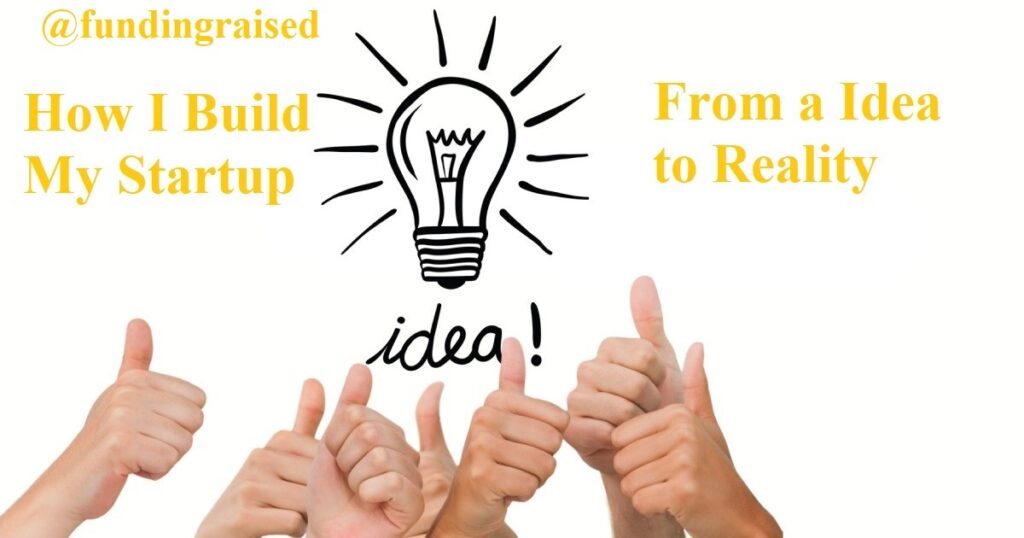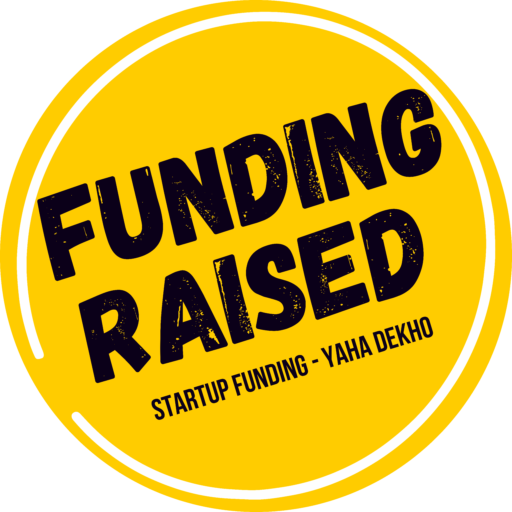Starting up a startup can be exciting as well challenging journey. It takes a versatile medley of creativity, strategic thinking, hard work and some fortune. This is my journey as a founder, how I went about starting up and what was it that got me where we are today. Wondering “How I start my startup”? Keep reading for an in-depth look and actionable takeaways.

Retention and Market Research
The 1st step when starting a startup: Find an extremely good idea to fix The Main Issue. My first inkling was finding a hole in the market for me. I found that even though there is an influx of digital tools… small businesses are still facing issues when it comes to getting better project results. It was after this realisation that the thought behind creating a coherent project management system kicked. I started with the idea and did research on that market. This phase included identifying my “customer persona”, researching competitors, and validating the problem space. Market research is key to determine whether your idea has any legs, and how best to position the product.
Business Plan and Strategy
Having a proven idea, the next logical step was to create a business plan. A good business plan details your business objectives, target market, revenue model and marketing strategy as well providing financial projections. It is a blueprint for your startup and required to raise funding or partnerships. I worked for months, fine-tuning my business plan to ensure it was thorough and feasible. It not only served as mentor when I was starting my venture but also during pitching to potential investors and partners.
Building the Team
Bad startup I was lucky to meet great guys who believed in my idea and took the risk with me. A team-building process involves the search for people who have the proper skill set and a common interest in working on this project. We were shaping the role around ours strengths. I was product dev and strategy while my co-founders had marketing, finance & ops. This is how its division of labor made sure every part related to a startup was being handled properly.
Product Development
Having A Solid Team, We Shifted To Build The Product. In this stage, we designed ,coded and tested the project management platform. Listening to customer feedback and constructive criticism, we had developed our products using an agile development methodology. Our original goal was just to build a minimum viable product (MVP) An MVP provides an opportunity for a product with basic features to be introduced into the market in order to check its viability. It also gives you the chance to get user feedback and make changes if needed before going on a large scale.
Legal and financial concerns
This is also controlled situation legally and financially, when starting a startup We set up our operations in accordance with local laws. We also got a business bank account and an accounting system in place to ensure we managed our financial aspect of the business effectively. Seek legal and financial help to build a legally right setup steel startup. Good documentation and managing finances is essential to avoid those above mentioned traps.
Marketing and Launch
So once the product was ready, we built a marketing plan to get press as well as users. For our marketing plan, we included stuff like; Digital – social media campaigns and content partnerships. And we used our network to get traction as well. It was a noteworthy day, the launch day. We hosted a big virtual event inviting potential users, investors and media. Our response was reassuring and pushed us harder.
Scaling and Growth
After the launch, we were trying to scale this startup. It included further perfecting the product, developing our team and growing user base. We tracked key performance indicators (KPIs) to monitor our progress and be objective about data-driven decision making. The most important thing in scaling is winning further funding. We presented our startup to many investors emphasizing some of the key milestones and growth opportunities. The effort paid off, and we raised our first round of funding allowing us to expand on what we had set out to do.
Conclusion
It is difficult to start a startup. It takes someone who has a vision and sticks to it, planning his steps like clockwork. Looking back on my journey, I can with certitude say: that the answer to “how do i start up” is in knowing your market. finding a team and product fit for it. communicating then value proposition effectively. Today, our organization is a monument to us setting up wards for so long. We have raised substantial funding, which has given us the means to grow our operations along with developing of new things. From having the question: how I start my startup in your mind, to remembering that each and every phase from Ideation to scale is a learning curve moving you closer towards all of them.

